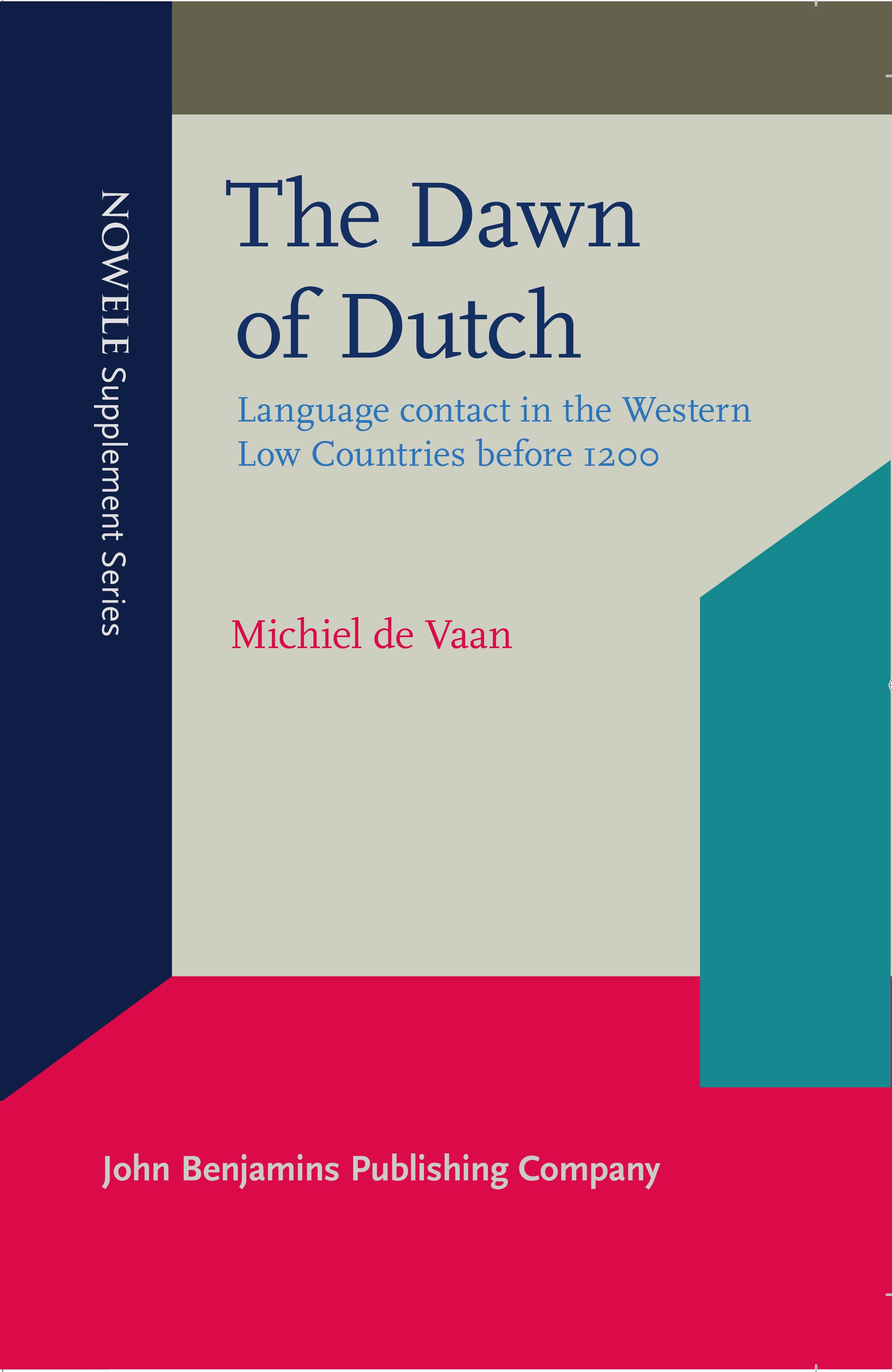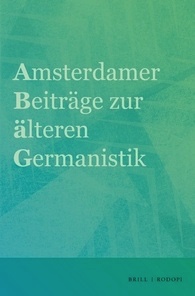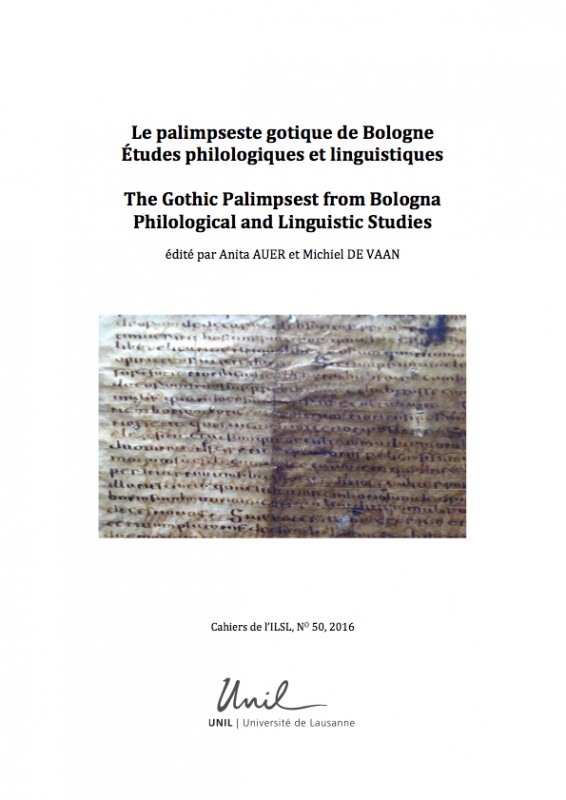de Vaan Michiel
 |
The Dawn of Dutch. Language contact in the Western Low Countries before 1200.
|
 |
Frisian through the Ages: Festschrift für Rolf H. Bremmer Jr.
|
 |
Le palimpseste gotique de Bologne. Etudes philologiques et linguistiques,
|
Javier Martínez and Michiel de Vaan. Introduction to Avestan Brill (= Introductions to Indo-European languages no. 1). Leiden / Boston: Brill.This Introduction to Avestan provides a concise grammar of the Avestan language, the language of the followers of the Iranian prophet Zarathustra. The grammar focuses on spelling, phonology and morphology, but also includes a chapter on syntax. Abundant information on the historical development of the language is included, which renders the grammar very useful for students of Indo-Iranian and Indo-European. Also, a small number of selected Avestan texts is added, with a complete glossary, so that students can practise reading Avestan. ISBN: 9789004258099.
|
|
|
Rolf H. Bremmer Jr and Michiel de Vaan (red.), Sporen van het Fries en de Friezen in Noord-Holland (= It Beaken : Tijdschrift van de Fryske Akademy 74.)A collection of articles discussing the linguistic traces of Frisian in the province of North-Holland. The papers stem from a colloquium held in Leiden in 2010. Apart from the linguistic articles there are also contributions on the early medieval archaeology and on the historical geography of the area. Contributors are Chris H.M. de Bont, Cor van Bree, Rolf H. Bremmer Jr, Eric Hoekstra, Jan de Koning, Marco Mostert, Arend Quak, Michiel de Vaan and Arjen P. Versloot. ISSN: 0005-738x
|
|
|
Robert S.P. Beekes. Comparative Indo-European Linguistics. An Introduction. Second edition, revised and corrected by Michiel de Vaan. Amsterdam / Philadelphia: John Benjamins.This book gives a comprehensive introduction to Comparative Indo-European Linguistics. It starts with a presentation of the languages of the family (from English and the other Germanic languages, the Celtic and Slavic languages, Latin, Greek and Sanskrit through Armenian and Albanian) and a discussion of the culture and origin of the Indo-Europeans, the speakers of the Indo-European proto-language. The reader is introduced into the nature of language change and the methods of reconstruction of older language stages, with many examples (from the Indo-European languages). A full description is given of the sound changes, which makes it possible to follow the origin of the different Indo-European languages step by step. This is followed by a discussion of the development of all the morphological categories of Proto-Indo-European.The book presents the latest in scholarly insights, like the laryngeal and glottalic theory, the accentuation, the ablaut patterns, and these are systematically integrated into the treatment. The text of this second edition has been corrected and updated by Michiel de Vaan. Sixty-six new exercises enable the student to practice the reconstruction of PIE phonology and morphology. ISBN: 9789027211866
|
|
|
Michiel de Vaan. Etymological Dictionary of Latin and the other Italic languages. Leiden: Brill.Latin is one of the major ancient Indo-European languages and one of the cornerstones of Indo-European studies. Since the last comprehensive etymological dictionary of Latin appeared in 1959, enormous progress has been made in the reconstruction of Proto-Indo-European, and many etymologies have been revised. This new etymological dictionary covers the entire Latin lexicon of Indo-European origin. It consists of nearly 1900 entries, which altogether discuss about 8000 Latin lemmata. All words attested before Cicero are included, together with their first date of attestation in Latin. The dictionary also includes all the inherited words found in the other ancient Italic languages, such as Oscan, Umbrian and South Picene; thus, it also serves as an etymological dictionary of Italic. ISBN: 9789004167971
|
|
|
Michiel de Vaan. The Avestan Vowels. Amsterdam: Rodopi.For the first time, the vowels of Avestan are studied comprehensively on the synchronic and diachronic level. All vowel changes which have occurred after the Proto-Iranian stage are discussed, and they are placed in a relative chronology. The phonological system of Avestan at various stages of its development is reconstructed, and the relationship between Old Avestan and Young Avestan is reviewed. Also, many philological details are discussed. ISBN13: 9789042010659
|
